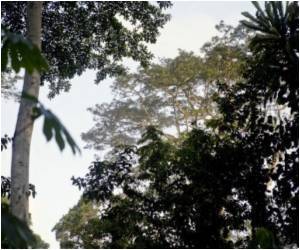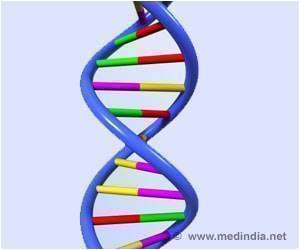
In four new studies of carbon isotopes in fossilized tooth enamel from scores of human ancestors and baboons in Africa from 4 million to 10,000 years ago, a team of two dozen researchers found a surprise increase in the consumption of grasses and sedges – plants that resemble grasses and rushes but have stems and triangular cross sections.
"At last, we have a look at 4 million years of the dietary evolution of humans and their ancestors," says University of Utah geochemist Thure Cerling, principal author of two of the four new studies published online June 3 by the journal Proceedings of the National Academy of Sciences. Most funding was from the National Science Foundation.
"For a long time, primates stuck by the old restaurants – leaves and fruits – and by 3.5 million years ago, they started exploring new diet possibilities – tropical grasses and sedges – that grazing animals discovered a long time before, about 10 million years ago" when African savanna began expanding, Cerling says. "Tropical grasses provided a new set of restaurants. We see an increasing reliance on this new resource by human ancestors that most primates still don’t use today."
Grassy savannas and grassy woodlands in East Africa were widespread by 6 million to 7 million years ago. It is a major question why human ancestors didn’t seriously start exploiting savanna grasses until less than 4 million years ago.
The isotope method cannot distinguish what parts of grasses and sedges human ancestors ate – leaves, stems, seeds and-or underground storage organs such as roots or rhizomes. The method also can’t determine when human ancestors began getting much of their grass by eating grass-eating insects or meat from grazing animals. Direct evidence of human ancestors scavenging meat doesn’t appear until 2.5 million years ago, and definitive evidence of hunting dates to only about 500,000 years ago.
Advertisement
Why Our Ancestor’s Diets Matter
Advertisement
"Diet has long been implicated as a driving force in human evolution," says Matt Sponheimer, a University of Colorado, Boulder anthropologist, former University of Utah postdoctoral fellow and lead author of the fourth study.
He notes that changes in diet have been linked to both larger brain size and the advent of upright walking in human ancestors roughly 4 million years ago. Human brains were larger than those of other primates by the time our genus, Homo, evolved 2 million years ago. (Our species, Homo sapiens, arose 200,000 years ago.)
"If diet has anything to do with the evolution of larger brain size and intelligence, then we are considering a diet that is very different than we were thinking about 15 years ago," when it was believed human ancestors ate mostly leaves and fruits, Cerling says.
How the Studies Were Performed: You Are What You Eat
The new studies analyze carbon isotope results from 173 teeth from 11 species of hominins. Hominins are humans, their ancestors and extinct relatives that split from the other apes roughly 6 million years ago. Some of the analyses were done in previous research, but the new studies include new carbon-isotope results for 104 teeth from 91 individuals of eight hominin species. Those teeth are in African museums and were studied by two groups working at separate early human sites in East Africa.
Wynn wrote the study about teeth from Ethiopia’s Awash Basin-Hadar area, where research is led by Arizona State University’s William Kimbel. Cerling wrote the study about teeth from the Turkana Basin in Kenya, where the research team is led by Turkana Basin Institute paleoanthropologist Meave Leakey, Cerling and geologist Frank Brown, dean of mines and Earth sciences at the University of Utah. Cerling also wrote a study about baboon diets. Sponheimer wrote a fourth study, summarizing the other three.
The method of determining ancient creatures’ diets from carbon isotope data is less than 20 years old and is based on the idea "you are what you eat," Sponheimer says.
Source-Eurekalert









